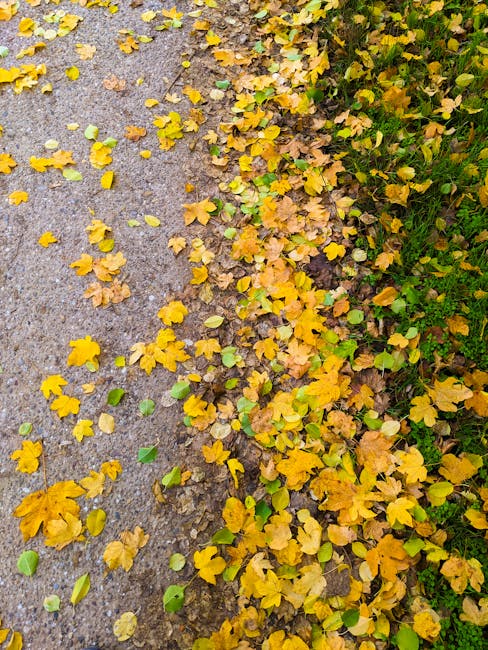The Role of Chicago’s Parks in Climate Change Mitigation
Welcome to an exploration of the green lungs of the Windy City—Chicago’s parks. Did you know that these urban sanctuaries are not just for relaxation and recreation? They play a pivotal role in battling climate change. Let’s dive into how these green spaces are transforming Chicago and contributing to a healthier planet.
Table of Contents
1. Introduction to Chicago’s Parks
2. The Green Impact: How Parks Mitigate Climate Change
3. Chicago’s Innovative Park Designs
4. Community Involvement and Education
5. Future Prospects and Challenges
6. Conclusion
7. FAQs
Introduction to Chicago’s Parks
Chicago, known for its stunning skyline and rich history, is also home to over 600 parks, making up more than 8,100 acres of public green space. From the sprawling Grant Park to the scenic Millennium Park, these areas are not just the heart of the city’s recreational life; they are crucial players in the fight against climate change. 🌳
The Green Impact: How Parks Mitigate Climate Change
Urban parks are essential in combating climate change by serving as carbon sinks. Trees and plants absorb carbon dioxide—a major greenhouse gas—thus reducing the city’s overall carbon footprint. In Chicago, the trees in parks sequester thousands of tons of carbon annually, which is a significant contribution to air quality improvement.
Moreover, parks help in regulating urban temperatures. Known as the “urban heat island effect,” cities tend to be warmer than their rural surroundings due to human activities and infrastructure. Chicago’s parks mitigate this effect by providing shade and evaporative cooling, helping to lower temperatures and reduce energy consumption in nearby areas. 🌿
Chicago’s Innovative Park Designs
Chicago is at the forefront of integrating innovative and sustainable designs in its park development. Take Maggie Daley Park, for example, which incorporates native plants that require less water and maintenance, promoting biodiversity. The park’s eco-friendly design includes permeable pavements that help in managing stormwater runoff, reducing the risk of flooding—a growing concern with climate change.
Lurie Garden, located in Millennium Park, is another example of a sustainable urban space. Its design focuses on native perennial plants that thrive in the local climate, requiring minimal human intervention and supporting local wildlife. These practices not only enhance the city’s resilience to climate impacts but also beautify the urban landscape. 🌻
Community Involvement and Education
One of the most inspiring aspects of Chicago’s parks is the involvement of the local community. The Chicago Park District, along with various local organizations, regularly hosts events and workshops that educate citizens about sustainability and climate action. From tree planting days to educational tours, these initiatives foster a community spirit and enhance public awareness about environmental issues.
Moreover, community gardens within these parks are sprouting up, encouraging urban agriculture and empowering residents to grow their own food sustainably. These gardens not only provide fresh produce but also serve as a practical example of how urban spaces can be utilized for environmental good. 🍅
Future Prospects and Challenges
While Chicago’s parks are making strides in climate change mitigation, challenges remain. As climate change progresses, the city will need to adapt its strategies to cope with more extreme weather conditions. Investing in green infrastructure and maintaining biodiversity will be crucial in ensuring that these parks can continue to serve their vital role.
Moreover, securing funding and public support for these green initiatives will be essential. As more people recognize the benefits of urban green spaces, there is hope that these challenges can be met with innovative solutions and a collective effort. 🌱
Conclusion
Chicago’s parks are more than just beautiful landscapes—they are essential components in the city’s climate strategy. By acting as carbon sinks, cooling urban temperatures, and fostering community involvement, these green spaces are paving the way for a more sustainable and resilient future. As residents and visitors enjoy these parks, they can take pride in knowing that these areas are making a real difference in the fight against climate change. 🌎
FAQs
Q: How do Chicago’s parks help in reducing air pollution?
A: Trees in Chicago’s parks absorb pollutants and carbon dioxide, improving air quality and contributing to better public health.
Q: Can urban parks really make a difference in climate change?
A: Absolutely. While parks alone can’t solve climate change, they play a significant role in carbon sequestration, temperature regulation, and promoting biodiversity, all of which are crucial in climate mitigation efforts.
Q: How can I get involved in helping Chicago’s parks?
A: You can participate in local events organized by the Chicago Park District, volunteer for tree planting days, or join community garden projects to contribute to these green initiatives.
As we continue to explore and support these vital green spaces, let’s remember that every effort counts in creating a sustainable future for Chicago and the planet. 🌍


